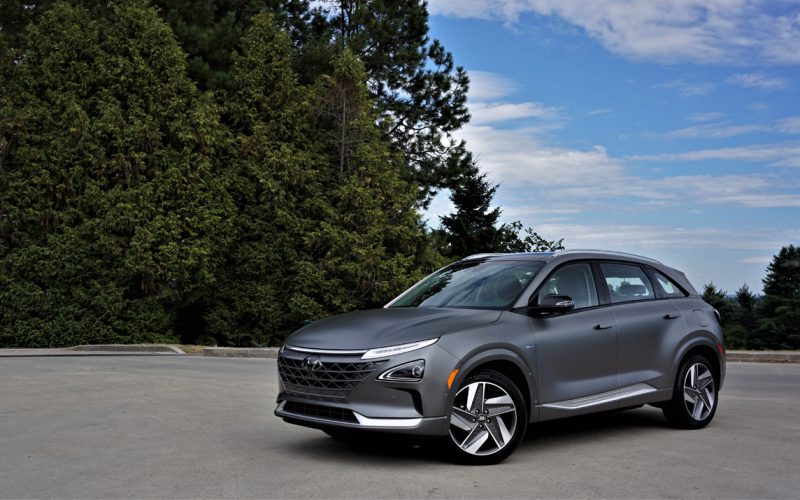
Reading Time: 13 minutesFuel cell vehicles have been around a while. The first one I drove was Ford’s Focus
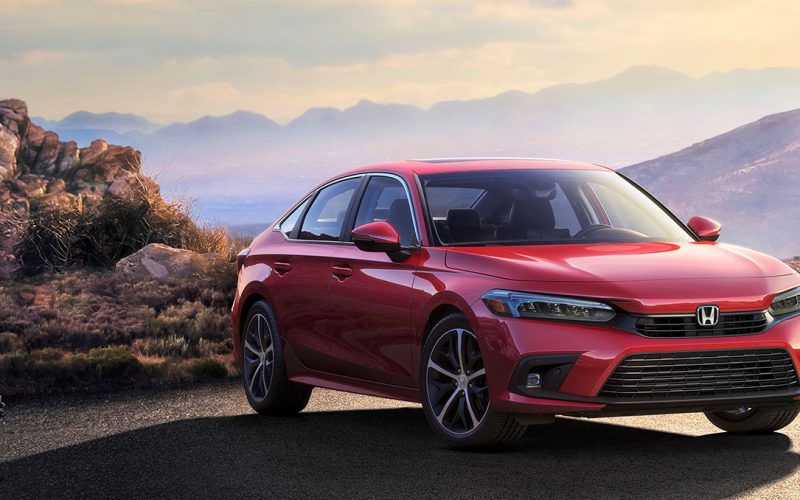
Reading Time: 3 minutesHonda Canada’s Civic sales have been crashing recently, down more than 20 percent throughout Q1 of
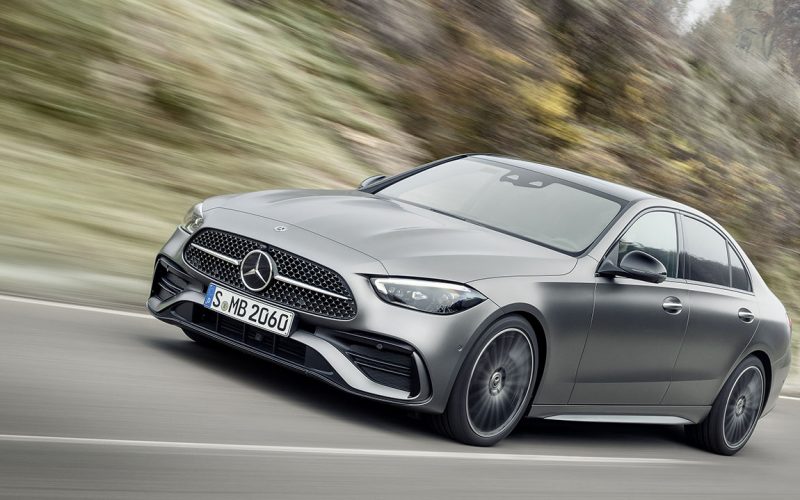
Reading Time: 7 minutesNews flash: Mercedes-Benz Canada just revealed an impressive new C-Class and the market responds by purchasing
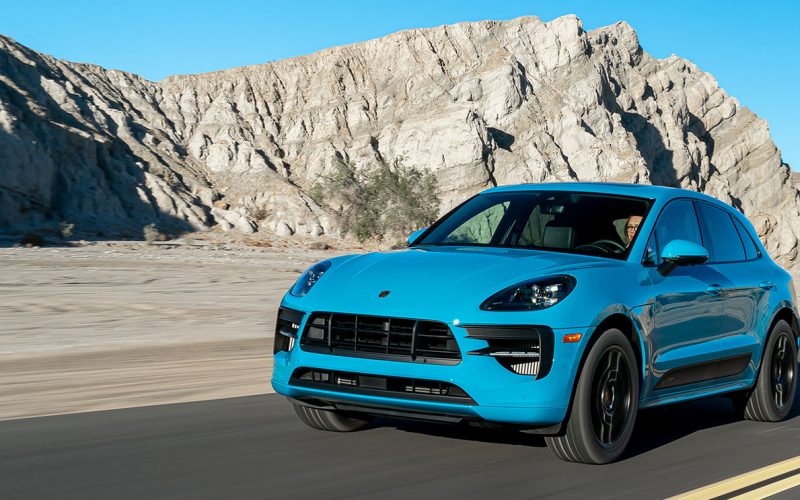
Reading Time: 3 minutesPorsche has once again earned top spot amongst premium brands in J.D. Power most recent 2021
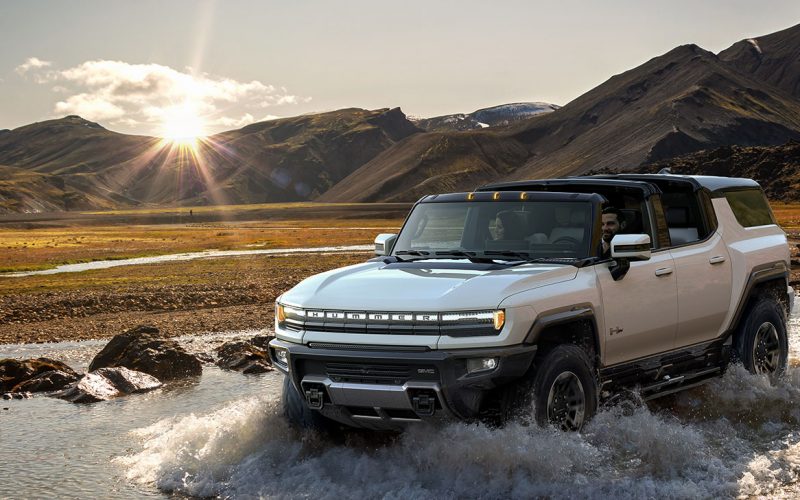
Reading Time: 9 minutesIt was fewer than six months ago that General Motors revealed its upcoming Hummer EV pickup
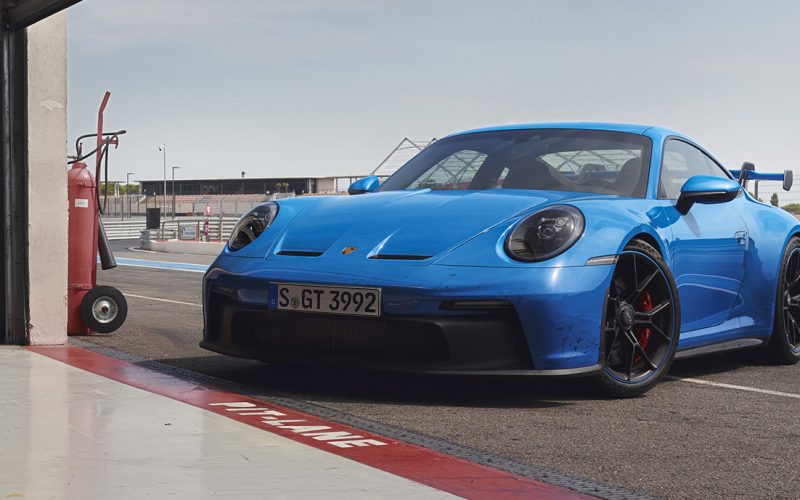
Reading Time: 5 minutesPorsche Canada has just released pricing for the all-new 502-horsepower 2022 911 GT3, which will start
© 2025 The Car Magazine. All Rights Reserved, Privacy Policy | Terms of Use